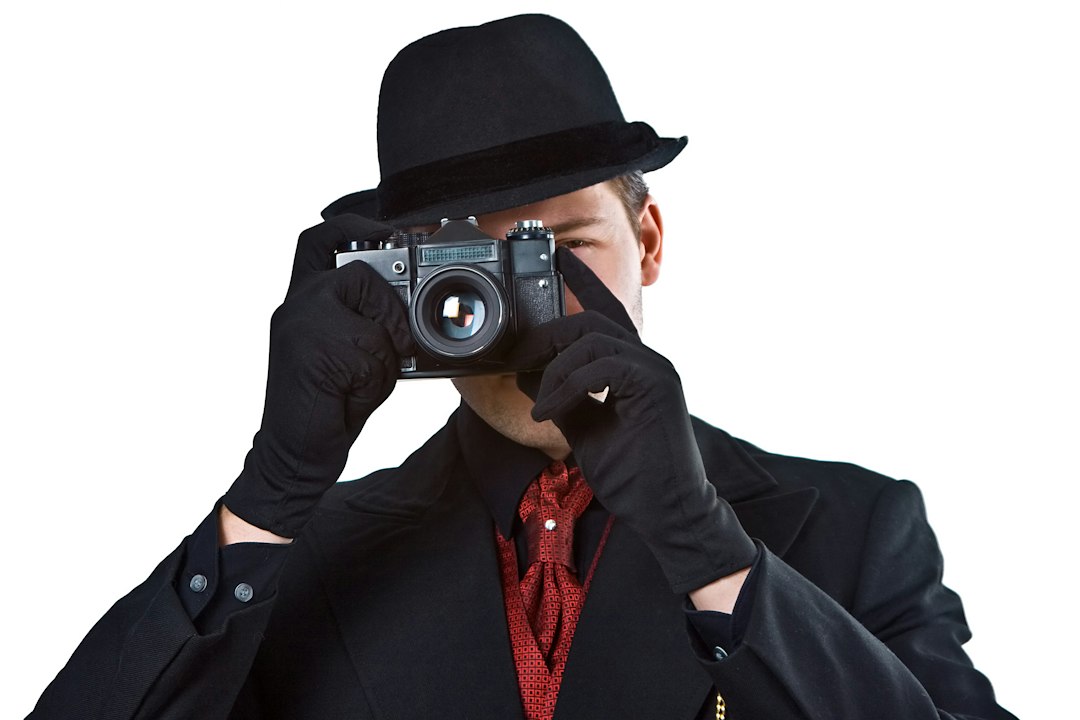Japanese woodblock prints, also known as ukiyo-e, were one of the most influential art forms in Edo period Japan. These prints, which gained popularity during the 17th to 19th centuries, were created using a unique technique that involved carving images onto wooden blocks and then printing them onto paper. Among the many talented artists of the time, Okumura Masanobu stands out as one of the pioneers who played a significant role in shaping the modern art movement.
Born in 1686, Masanobu was a versatile artist who excelled in various mediums, such as painting and book illustration. However, he is best known for his contributions to woodblock printing. Masanobu was among the first artists to experiment with full-color prints, known as nishiki-e. Prior to his innovations, most Japanese prints were limited to black and white or single-color designs. His genius in color woodblock printing opened up a new realm of possibilities for artists, allowing them to create vibrant and visually captivating compositions.
Masanobu’s prints often depicted scenes from everyday life, capturing the essence of the ukiyo, or floating world, which celebrated the hedonistic pleasures of Edo society. He explored various themes, including landscapes, kabuki actors, beautiful women, and historical events. His versatility in subject matter further contributed to the popularity of Japanese woodblock prints, as people from all walks of life could find something that resonated with them in his works.
In addition to his innovations in color printing, Masanobu also played a pivotal role in popularizing the use of mass production techniques in the art world. Utilizing these techniques, he was able to produce large quantities of prints, making them more accessible to the general public. This democratization of art played a significant role in shaping the modern art movement, as it blurred the lines between high and low art forms.
Unfortunately, the works of Masanobu and many other ukiyo-e artists were initially dismissed as mere commercial products rather than fine art. It wasn’t until the late 19th century when Western artists, such as Vincent van Gogh and Claude Monet, discovered the beauty and influence of Japanese woodblock prints. Their admiration for these prints played a crucial role in shaping Western modern art, as elements of ukiyo-e, such as flat compositions, bold colors, and attention to detail, began to appear in their works.
The legacy of Okumura Masanobu and other pioneers of Japanese woodblock printing techniques in the Edo period continues to resonate in the modern art world. His contributions not only pushed the boundaries of traditional art forms but also influenced Western artists, ultimately shaping the course of art history. Today, Japanese woodblock prints are treasured by collectors and art enthusiasts worldwide, reflecting the enduring impact of Masanobu’s genius.
************
Want to get more details?
Edo Gallery
https://www.edogallery.com/
5857506146
770 Ayrault rd # 414 Fairport, NY 14450
Dealer of Authentic Japanese woodblock prints. Art from the Japanese Edo period, ukiyo-e, Meiji period, shin hanga, & sosaku hanga. From Hokusai to Hasui, browse our online catalogue of fine Japanese prints. We specialize in only original works backed by our 110% authenticity money back guarantee.

